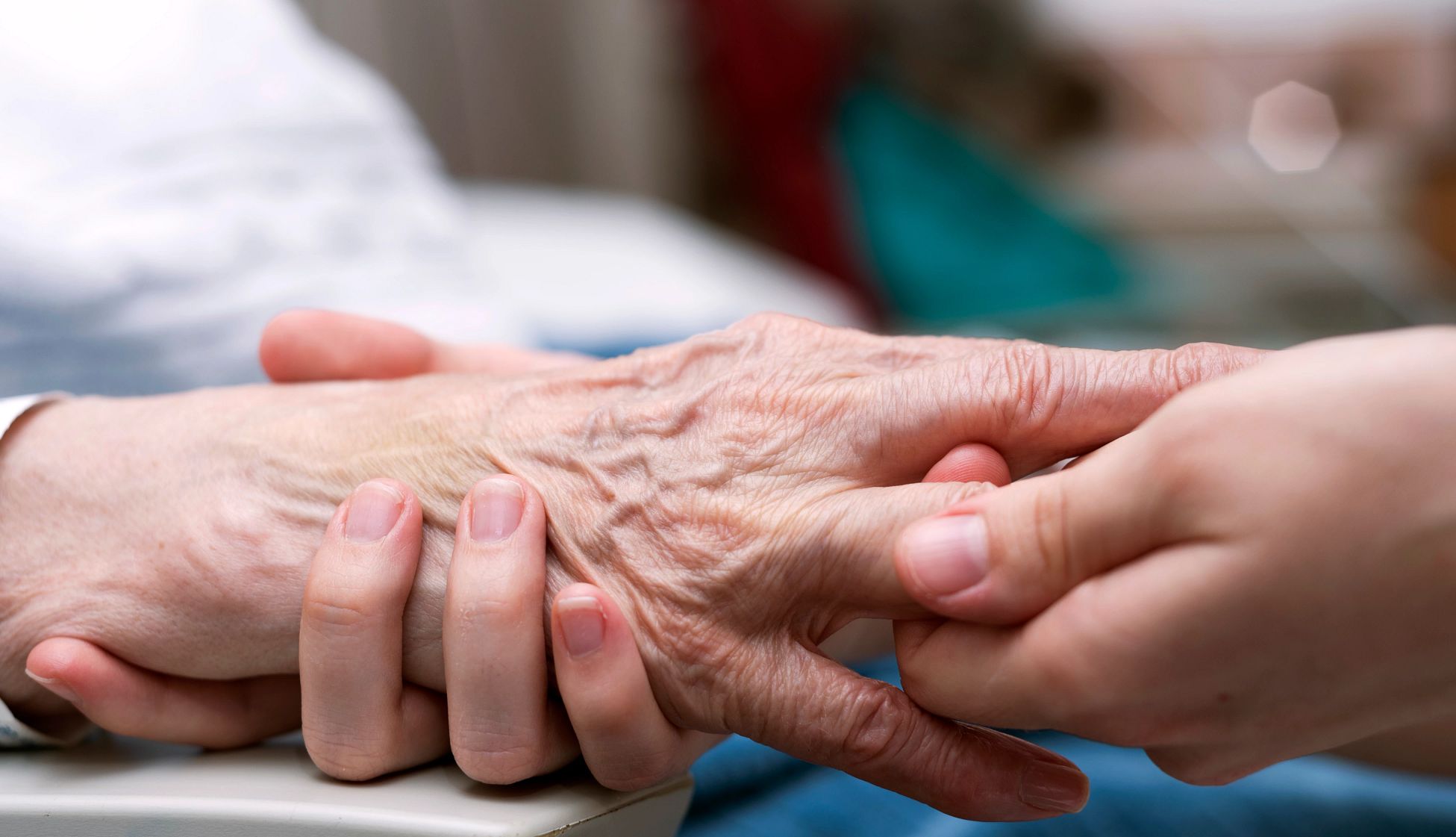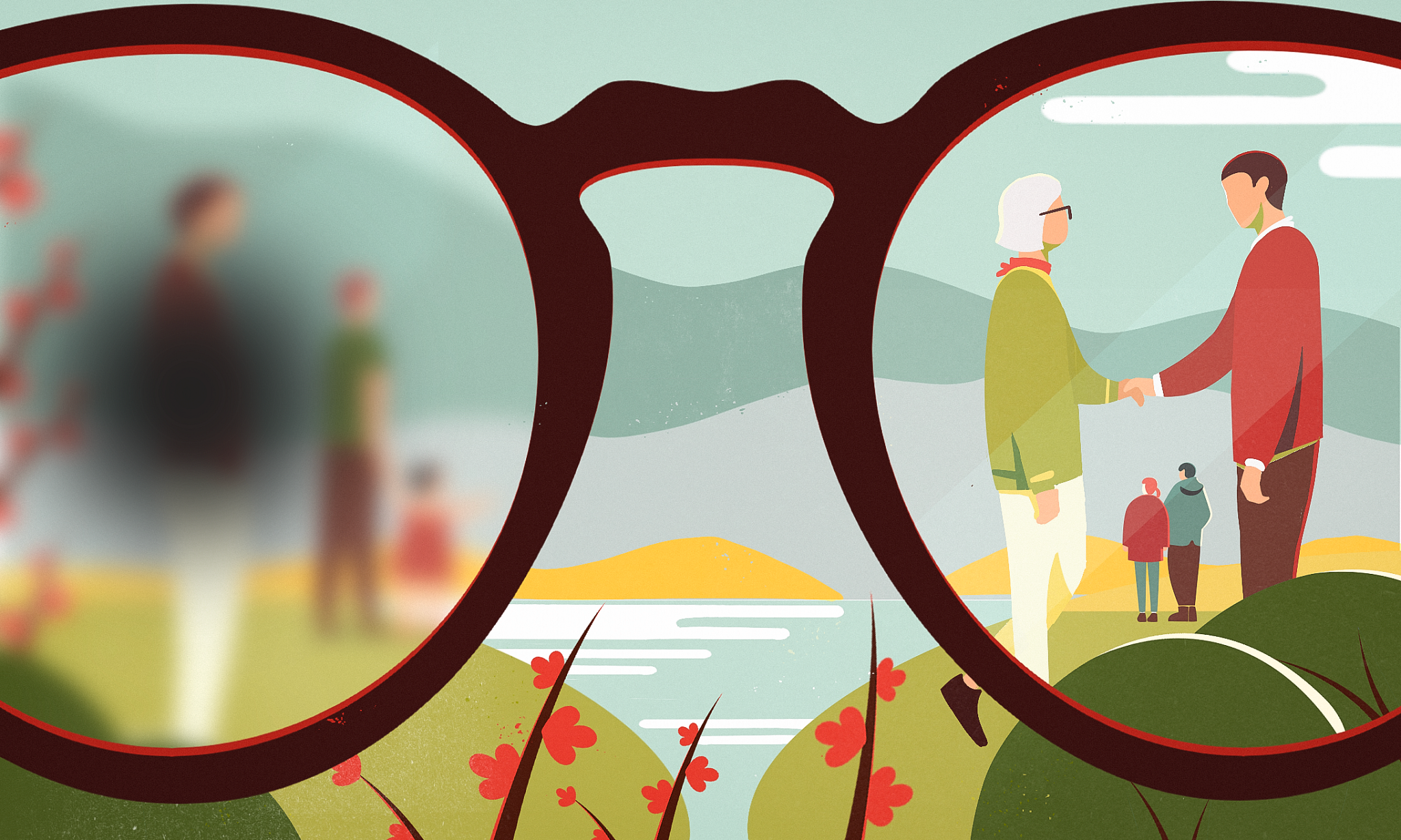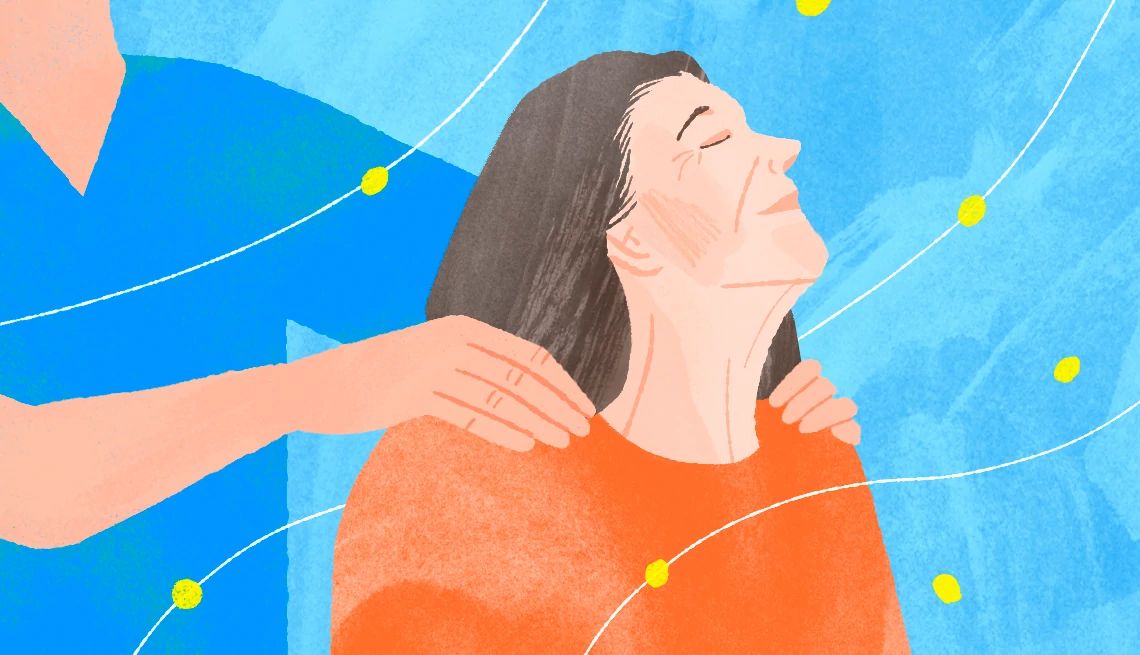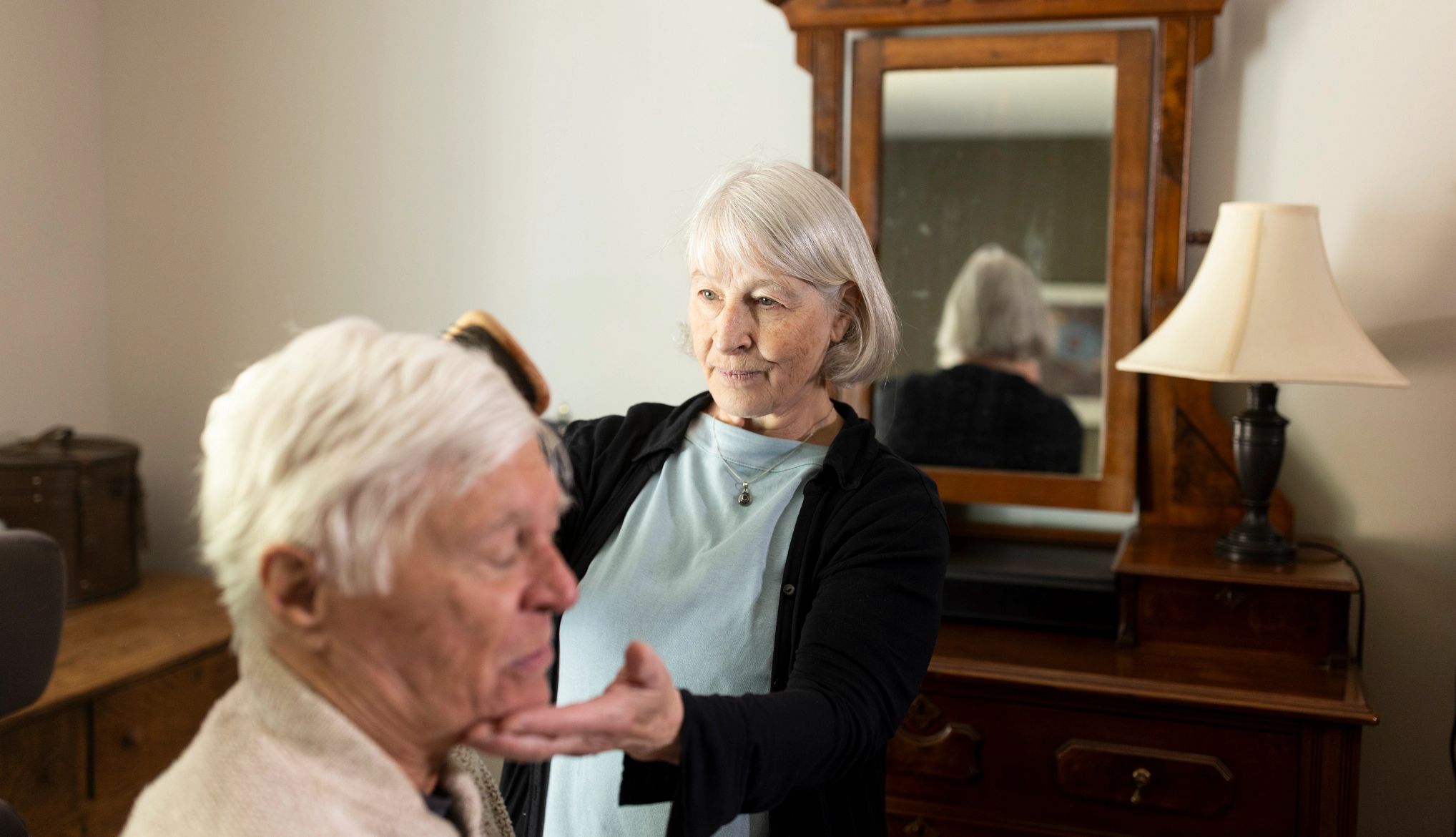AARP Hearing Center


If you care for someone with arthritis, there’s a lot you can do to help — from assisting with medications and diet to finding ways to make everyday tasks less painful. Little things can mean a lot.
Larry Mullinax, 78, a retired dentist from Hixson, Tennessee, says one thing he did for his late wife, Barbara, who had spinal osteoarthritis and other serious health problems, was to put comfy cushions in his car so she could ride more easily. When she showered, he stood nearby, ready to help. When even walking to the kitchen became a trial for her, he brought her breakfast in bed every morning.
“I was willing to do anything I could to make it better for her,” Mullinax says. Barbara passed away in January, at age 77, due to complications of multiple health problems, including a rare liver disease.


Arthritis, which means joint inflammation or damage, can come in more than 100 forms, causing pain, swelling, stiffness, and limited movement. Some older people with arthritis need a lot of hands-on support; others don’t.
Here’s what caregivers should know and what they can do.
Understand that arthritis is not a single condition
Joints are the points where two bones meet. Arthritis can affect one, a few or many joints, including big joints like your knees, elbows and hips; smaller joints in your fingers and toes; and those that line the spinal column along your neck and back. It’s important to know what kind of arthritis your loved one has, say rheumatologists, doctors who specialize in arthritis.
The major types include:
Osteoarthritis: This most common type happens when the cartilage inside a joint breaks down, reducing the cushion between bones. It’s thought to result from wear and tear, and gets more common with age. Obesity and joint injuries increase risks. Compared with other types of arthritis, “it’s more of a mechanical issue,” though there’s a debate about the role of inflammation in osteoarthritis, says J. Eugene Huffstutter, M.D., a rheumatologist at Arthritis Associates in Hixson, Tennessee.
Rheumatoid arthritis (RA) and other autoimmune, inflammatory diseases: RA is the most common of these conditions, in which the immune system attacks healthy joint tissue, causing inflammation. RA also can attack the heart, lungs and eyes. Other types include psoriatic arthritis (which can accompany skin psoriasis) and ankylosing spondylitis, which affects the spine. Arthritis also can be a part of autoimmune conditions such as lupus and scleroderma.
Gout and pseudogout: These types are caused by a build-up of crystals in the joints. In gout, the crystals come from excess uric acid in the body. It usually affects the big toe. Pseudogout is linked to a different crystal, calcium pyrophosphate dihydrate, and most often affects knees.
If your loved one lacks a definite diagnosis, some tests are in order, says Cuoghi Edens, M.D., a rheumatologist and assistant professor of medicine at University of Chicago Medicine. The most basic test: X-rays.
“They actually can help us determine what type of arthritis someone does have,” Edens says.
Ultrasound or CT scans can also be useful, she says, along with blood tests for inflammation and levels of uric acid. In some cases, the doctor will draw fluid from an affected joint to look for inflammation, crystals or signs of infection.
































































.png?crop=true&anchor=0,26&color=ffffffff&u=ucxnmh&w=2048&h=1177&credit=Marco%2520Baccioli)





)


))








More From AARP
How to Be a Caregiver for Someone With Diabetes
There’s plenty you can do to help them live their best life
Home Safety Tips to Protect Your Aging Parents
Even small changes can help make your loved one’s house accident-proof
Recommended for You